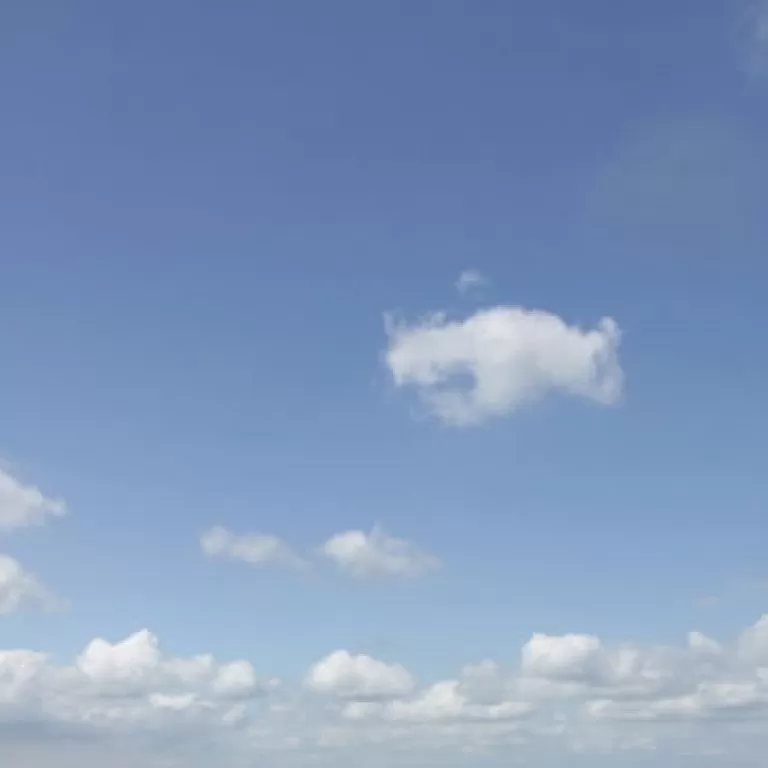
News Taking time-lapse back to its science-based roots
Time-lapse photographers and companies owe a lot to science.
The pioneering photography technique has its roots in chronophotography, an early process that allowed scientists to unravel delicate, natural processes and movement.
Within the first few decades of the emergence of photography, a few photographers were exploring ways to make (rather than take) motion pictures. Although it was impossible to actually take pictures in quick succession, a series of photographs simulating phases of motion was possible.
However, the breakthrough came when former governor of California Leland Stanford hired Eadweard Muybridge to provide proof that a horse gallops with all four hooves off the ground. This was arguably the first known use of chronophotography.
Less than a decade later Albert Londe was hired as a medical photographer and used nine camera lenses to help study movements of patients. Perfecting the system, he was eventually able to take a sequence of up to 12 pictures in just 1/10th of a second.
And this technological breakthrough was then further developed by a number of other photographers and – most importantly – scientists. Physicist Étienne-Jules Marey was one of the most famous, using it to study the flight and movement of animals.
Fast-forward to modern times. Chronophotography is now considered an “antique photographic technique”, with time-lapse at the forefront of long-term time and motion studies.
Its application has also changed drastically, from capturing movement of humans to monitoring construction sites and creating impressive, scale-model structures out of Lego.
However, more and more people are taking time-lapse back to its roots. This means some of the more fascinating, intricate processes of nature can be enjoyed. Just like this short clip of frogspawn developing. Of particular note is the opening few seconds, where the cells divide rapidly. Certainly something you would not see with the naked eye:
The following video might not be for you if you dislike spiders, but it also might just help you to change your opinion on them. This five-minute long time-lapse of a tarantula moulting is, as the title suggests, a “must watch”. It really has to be seen to be believed:
Continuing with the animal theme, this time-lapse of larvae into bees gives us a look at a process that is not usually seen. It is well documented that bees are hugely important to our ecosystem. Far from the scary balls of yellow and black fuzz feared by the younger population, they are incredibly delicate and docile. Their fragile bodies are shown coming to life in this time-lapse video: